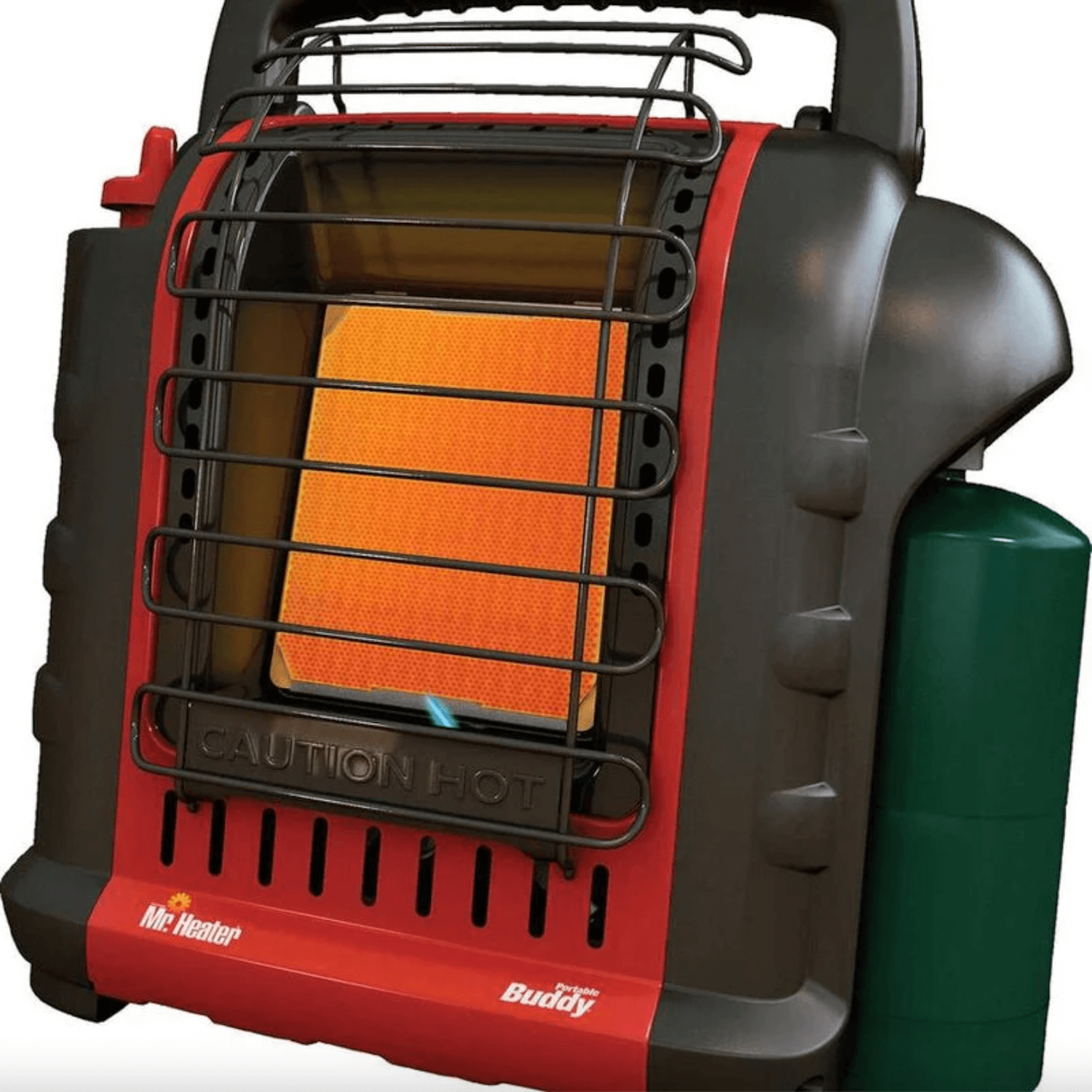1 Source Portable Air Fundamentals Explained
The Ultimate Guide To 1 Source Portable Air
Table of ContentsLittle Known Questions About 1 Source Portable Air.The Best Guide To 1 Source Portable AirTop Guidelines Of 1 Source Portable AirWhat Does 1 Source Portable Air Do?The Best Guide To 1 Source Portable Air
Running costs are based upon a power cost of 40c/kWh. The costs for 3 months' usage in winter are based on 500 hours utilize, or approximately 6 hours daily for 3 months. Maximum warmth output is based upon the optimum power level of the versions we have actually examined (we concentrate on higher electrical power heating units).
This relies on what price you're taking a look at in advance purchase, or running price? As common, there are compromises with either selection. Usually, little fan heating systems are less costly to get, but can have greater running costs. Oil column heating systems will be the most affordable on the marketplace to run (on average) yet just by a narrow margin in advance of convection heaters (like panel and micathermic panels).
Get This Report on 1 Source Portable Air
If you have a reversible ceiling fan, it'll assist distribute the warm around the room much more evenly. A number of pricey heaters have actually fallen short to excite our testers, while some less costly versions make for remarkably great buys.
As the name suggests, they radiate warm from a red-hot heating aspect (so the family will have to take turns being in front of it). There are floor and wall-mounted versions offered. Radiant heaters are relatively economical. They have a cosy glow and individual warming result, like being in front of a fire.
The relatively revealed heating element can be a fire and safety and security threat. A piece of clothes went down over it may ignite, or little children playing around a flooring version may melt themselves, so be cautious. Glowing heating units generally cost in between $20 and $200. Oil-filled column heating systems don't in fact burn oil they make use of electrical energy to heat the oil that's secured inside their columns or 'fins'.
Some Of 1 Source Portable Air
Some column heaters aren't even oil-filled however instead utilize various other product or home heating modern technology to work the exact same means - 1 Source Portable Air. The risk of fire with an oil column heater is low i thought about this compared to other heating unit types, however never ever zero. Oil heaters don't have exposed elements like radiant heaters do, and their surface temperature is less than numerous other heater types (their large surface makes up for it)
Oil column heating systems will not blow up, and while they do not melt their oil to create warmth, it's still combustible, so there is a fire threat if the oil leakages, if the heating unit ideas over and leakages, or if combustible items or material enter contact or fall on the heating system. You need to work out the same degree of care with oil heating systems when it comes to various other heating unit kinds, and never hang towels or garments over one to completely dry them utilize a drying shelf rather, at the very least one metre away.
Column heaters are especially beneficial in spaces where they'll be changed on for long durations of time or where they'll operate unattended, such as over night in a room. The surfaces you're likely to discuss a column heating unit don't get as hot as various other sorts of electric heaters. You can utilize a ceiling fan on really reduced rate to aid the column heating system to disperse the warmth quicker and much more evenly.
If there's very little air activity (for instance, if you're sitting analysis or viewing television), the heat may not be distributed uniformly. Oil-filled column heaters usually cost in between $50 and $450. Convection and panel heaters draw cool air over an electric home heating component. The heated air after that leaves the heater and increases in the direction of the ceiling, while cooler air relocate to change it.
The Only Guide for 1 Source Portable Air

Convection and panel heating systems are extra mobile than their oil-filled column heater equivalents due to the fact that they're considerably lighter. They'll heat up the air in an area equally and rapidly. Like a column heating system, you can make use of a ceiling follower find this on really reduced speed to distribute the heat faster and more evenly. Some versions, particularly panel heating systems, are comparatively pricey to purchase.

How 1 Source Portable Air can Save You Time, Stress, and Money.
Follower heaters are often smaller sized and a lot more portable than other electric heating units. They also can be found in the form of tower follower heaters, which can be much better for distributing warm around larger rooms due to their taller account. They can heat the air in a space more rapidly, uniformly and quickly than a few other heating system types.
Follower heating systems (ceramic or otherwise) usually cost between $60 and $900. Ceramic fan heating units aren't always any kind of different in price to non-ceramic designs.